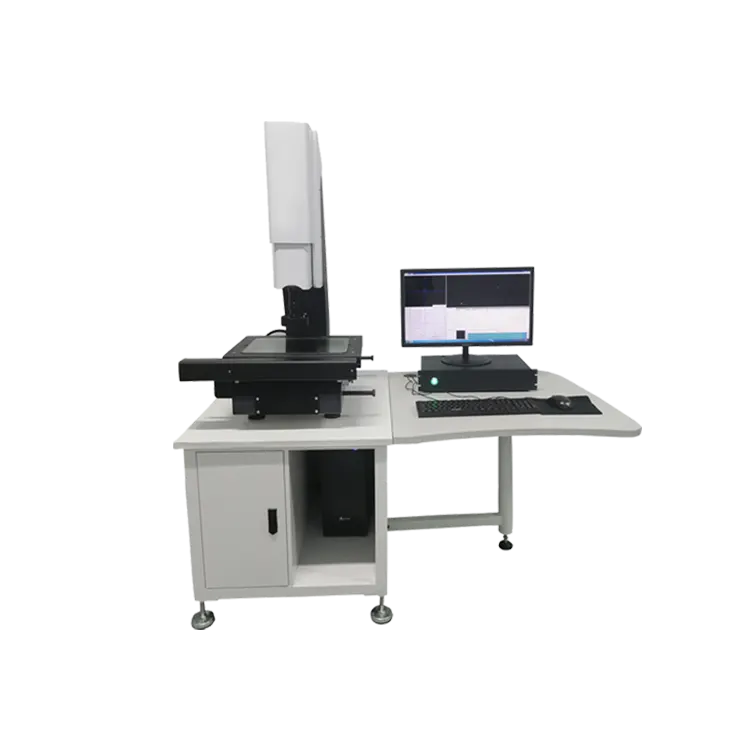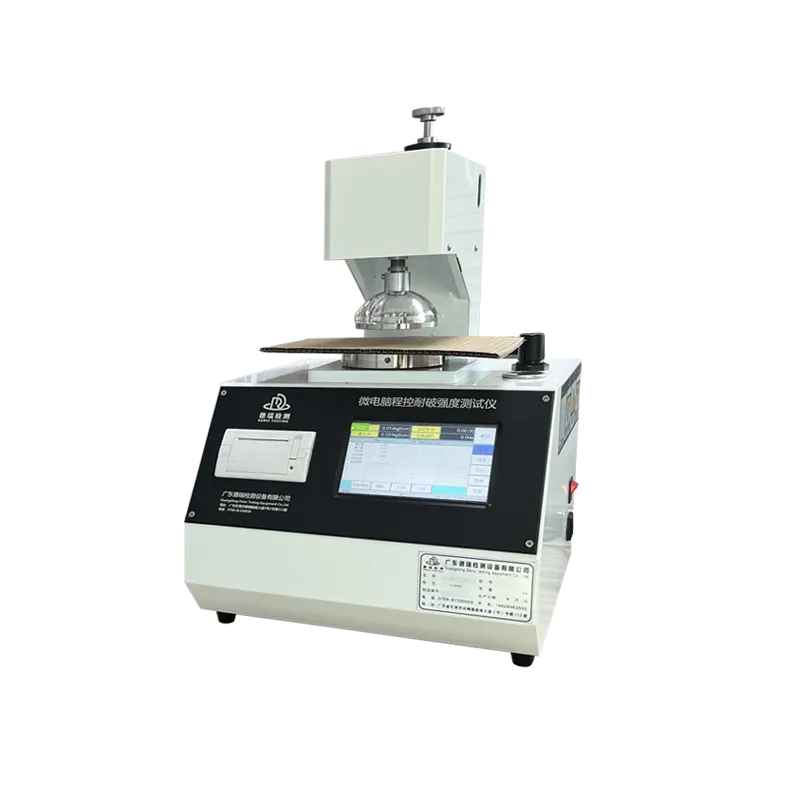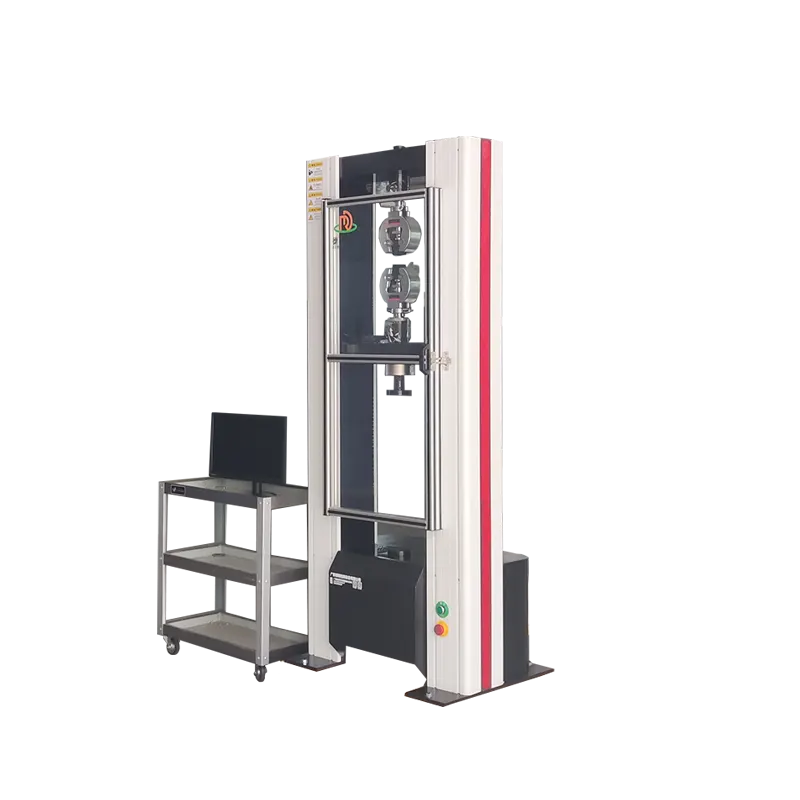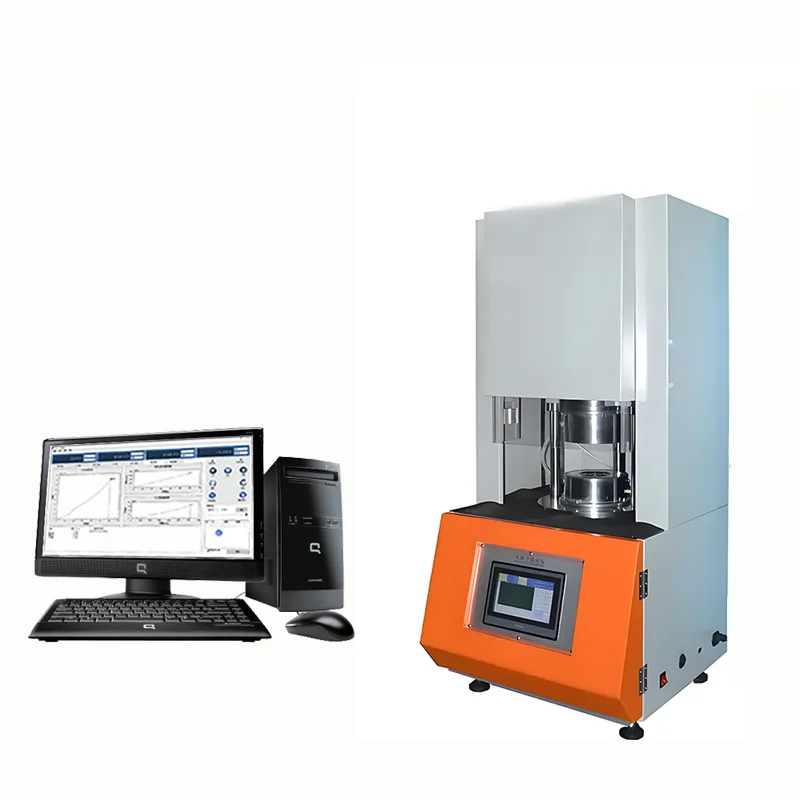The melt flow rate tester, also known as the melt flow index (MFI), is a common material performance test in the plastic industry. The test is used to determine the melt flow performance of resins under specific shear stress and temperature (unit: g/10min) (related to the applied load). The test is conducted by an extrusion plastometer and is used to test natural, composite and treated thermoplastics. It is used to determine the melt flow rate (MFR) value of various plastics and resins in the viscous flow state through a certain temperature and load, per 10 minutes through a standard die. It is suitable for engineering plastics with high melting temperatures such as polycarbonate, polysulfone, fluoroplastics, and nylon.
The Melt Flow Index Tester is designed to meet the highest standards of precision and reliability. With a variety of features aimed at enhancing performance and usability, it is the perfect device for laboratories and manufacturers alike. Gain insights into your materials with our advanced technology that allows for accurate measurement of melt flow rates, ensuring quality and consistency in your production process.
Scope of Application and Basis:
The melt flow rate tester is suitable for both engineering plastics with high melting temperatures such as polycarbonate, polyarylsulfone, fluoroplastics, and nylon, and plastics with lower melting temperatures such as polyethylene, polystyrene, polypropylene, ABS resin, and polyresin. It is widely used in the plastic production, plastic products, petrochemical and other industries, as well as in relevant colleges and universities, research institutions and commodity inspection departments. It complies with the requirements of GB/T 3682 "Determination of Melt Mass and Volume Flow Rates of Thermoplastics" and ISO 1133 standards.
Execution standards:
GB/T 3682-2000 "Determination of Melt Mass-Flow Rate and Melt Volume-Flow Rate of Thermoplastics"
ISO 1133:1997 "Determination of the melt mass-flow rate (MFR) and the melt volume-flow rate (MVR) of thermoplastics"
Standard Test Method for Determining the Melt Flow Rate of Thermoplastics by Extrusion Plastometer - ASTM D1238
Product Features:
1.Color LCD display in both Chinese and English
2.Integrated manual and automatic material cutting
3.Dual temperature control system, more precise temperature control accuracy and higher heating efficiency.
4.Dual imported sensors, more precise upper and lower temperature gradients, can be used independently, and extend service life.
5.The barrel is made of imported Hastelloy and treated with nitriding, and the die is made of tungsten carbide steel, with substantial material usage.
6.The insulated bucket is made of all SUS304 stainless steel and will not rust even after long-term exposure to high temperatures.
7.Automatically calculate the result and print it out.
Operating steps:
- Turn on the power, set the temperature, the time interval for cutting samples and the number of cuts. Wait for the temperature to rise. Before testing, ensure that the barrel temperature has been stable for more than 15 minutes.
- Based on the estimated flow rate, weigh 3 to 8 grams of the sample.
- Prepare gauze, forceps, a rag and a die cleaning rod.
- Once the temperature is stable, use a funnel to load the weighed sample into the barrel and press the sample with the piston by hand. This process should be completed within 1 minute.
- Wait for four minutes. The temperature should return to the selected temperature. At this point, apply the selected load to the piston. The piston will descend under the force of gravity until a bubble-free thin strip is extruded.
- Pre-cut and start timing. The machine will automatically cut at the set time intervals. The length of each cut segment should be between 10 and 20 mm.
- After cutting, quickly remove the die and the remaining material. Clean the die while it is still hot and use gauze to clean the inner wall of the barrel.
- After the segments have cooled, carefully weigh them, accurate to 1 mg, and calculate the average mass.



















